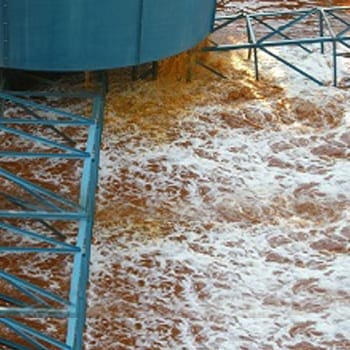
Coagulation is crucial for effective wastewater treatment. By using iron or aluminum salts—such as aluminum sulfate or ferric sulfate—this process brings insoluble materials together, allowing for solids removal, water clarification, lime softening, and sludge thickening. With coagulation, industrial facilities can:
Rather than outsourcing, on-site treatment supported by coagulants helps maintain a reliable supply of clean water for industrial processes.
Coagulation involves neutralizing the negatively charged particles in your water by introducing coagulants with a positive charge. This step causes smaller particles to bind together into “flocs,” which then settle at the bottom of a clarifier or holding tank.
After settling, equipment like filter presses or other mechanical filtration units can remove these larger flocs, returning clean water to your system with minimal discharge.
Choosing the right coagulant depends on your specific water quality needs, typically based on a particle analysis of dissolved and suspended solids.
Often more cost-effective, inorganic coagulants work via a “sweep-floc” mechanism where aluminum or iron precipitates absorb impurities as they settle. Examples include:
After you add coagulants and allow flocs to form, mechanical processes like settling, clarification, and filtration handle the solid separation. High-quality coagulants and proper dosing help ensure by-products are removed alongside the floc.
ChemREADY offers complete solutions—from coagulant selection and dosing to mechanical filtration systems—to help you optimize water quality, reduce costs, and meet environmental standards. Our specialized coagulants, combined with pH adjusters, corrosion inhibitors, and biocides, ensure your facility maintains efficient and reliable performance. We also provide:
Contact ChemREADY for tailored water treatment solutions or request a quote and brochure. With the right coagulants and support, you can improve process sustainability, achieve near closed-loop water systems, and drive significant efficiency gains.
Nick Piskura is the Marketing and Web Development Specialist at ChemREADY who utilizes expertise in digital marketing strategies to provide knowledgeable insights in each segment of our business. Nick provides insights through web development and multimedia resources that support ChemREADY’s full range of services, including Legionella management, ANSI/AAMI ST108 compliance, boiler and cooling tower treatment, wastewater processing, and industrial water quality solutions.